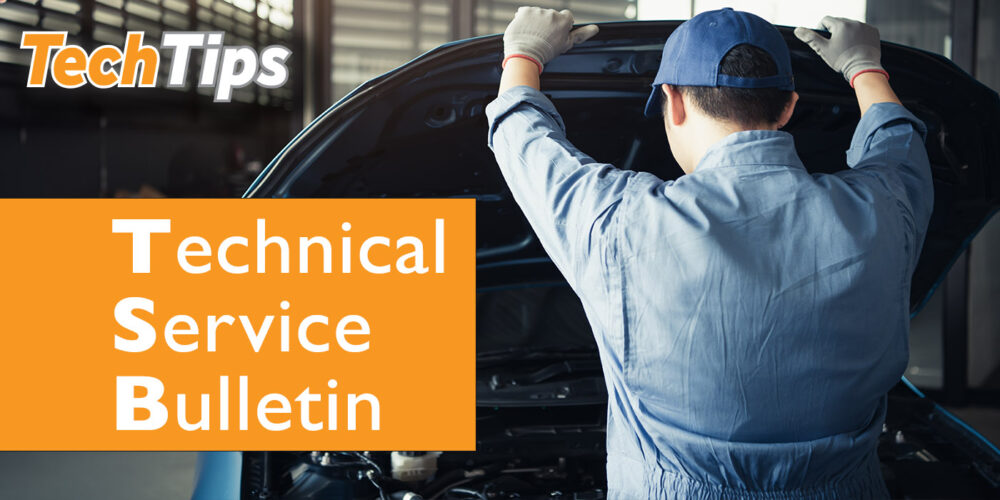This Tech Tip provides information to correctly identify a strut on any 1990-2000 Nissan model that has slight oil seepage, a condition that is considered normal, doesn’t affect the strut’s operation or performance and doesn’t require replacement. It also provides information to correctly identify leaking struts that require replacement.
Service Procedure:
Strut leaks are caused by deterioration of the oil seal due to wear, internal contamination or external contamination (i.e. outside dust or anti-corrosion spray entry). These factors can affect the strut seal mechanism and result in a gross oil leak. In such an instance, the strut needs to be replaced.
Note: If strut leakage is diagnosed in one strut, do not automatically replace struts on both sides. Replace only the leaking strut.
Strut seepage occurs as a thin layer of oil sticks to the strut’s shaft and passes through the seal. A very small amount of oil can escape and stain the upper exterior of the strut. The amount of oil seepage present on the strut can be affected by ambient temperature variations and driving conditions (extreme hot or cold weather or rough road conditions can increase the amount of seepage). Seepage is considered a normal condition since it doesn’t affect the operation and performance of the strut.
Identifying Strut Leakage vs. Strut Seepage:
Note: The following criteria can also be applied to shock absorbers.
A strut that is leaking and needs to be replaced will exhibit a substantial amount of oil around the exterior body of the strut. The oil layer will extend below the spring seat (dish), will be thick, contain large pieces of dust and debris, and will saturate the strut rod.
A strut that is seeping will exhibit a thin layer of oil stain on the exterior body of the strut. The oil stain will not usually extend beyond the spring seat (dish), but may be past the spring seat under conditions such as changes in ambient temperature or driving conditions. The oil stain will not be thick, nor will it contain dust or debris.
Technical service bulletin courtesy of Mitchell 1.
For more information on Mitchell 1 products and services, automotive professionals can log onto the company’s website at www.mitchell1.com.













